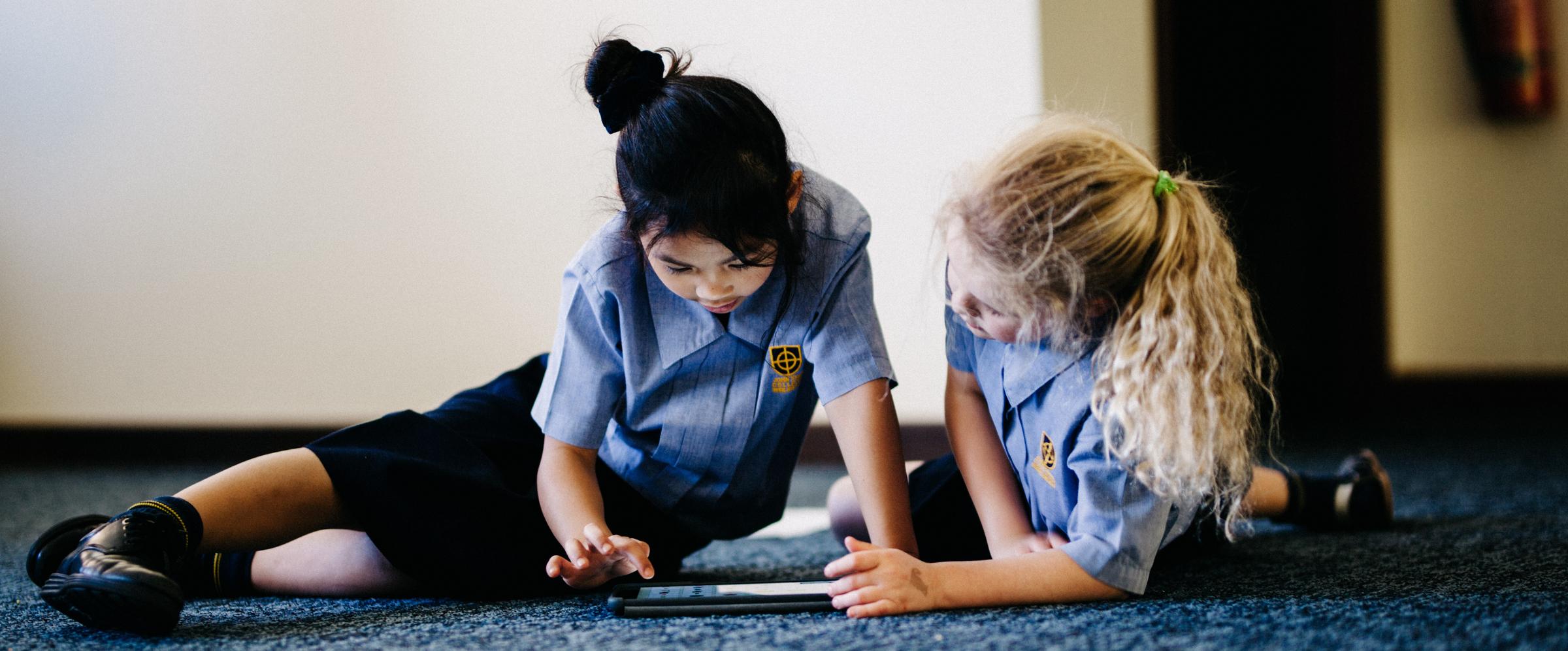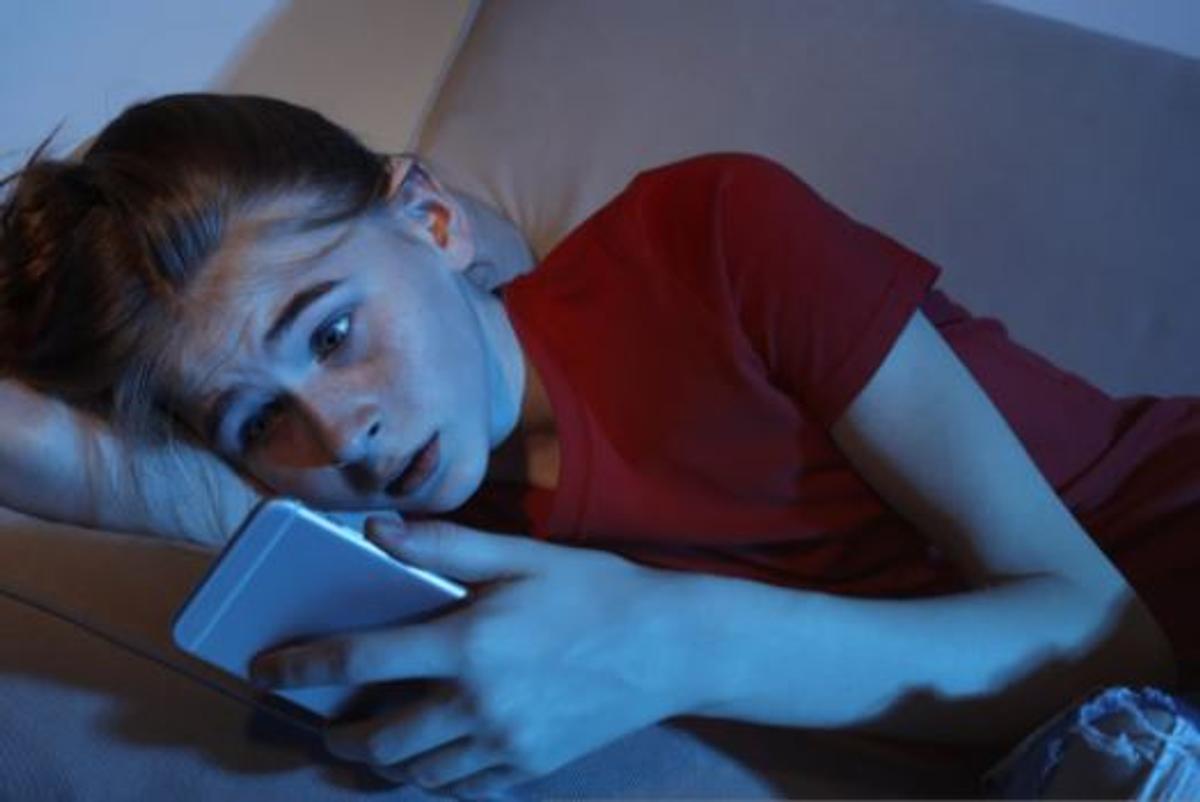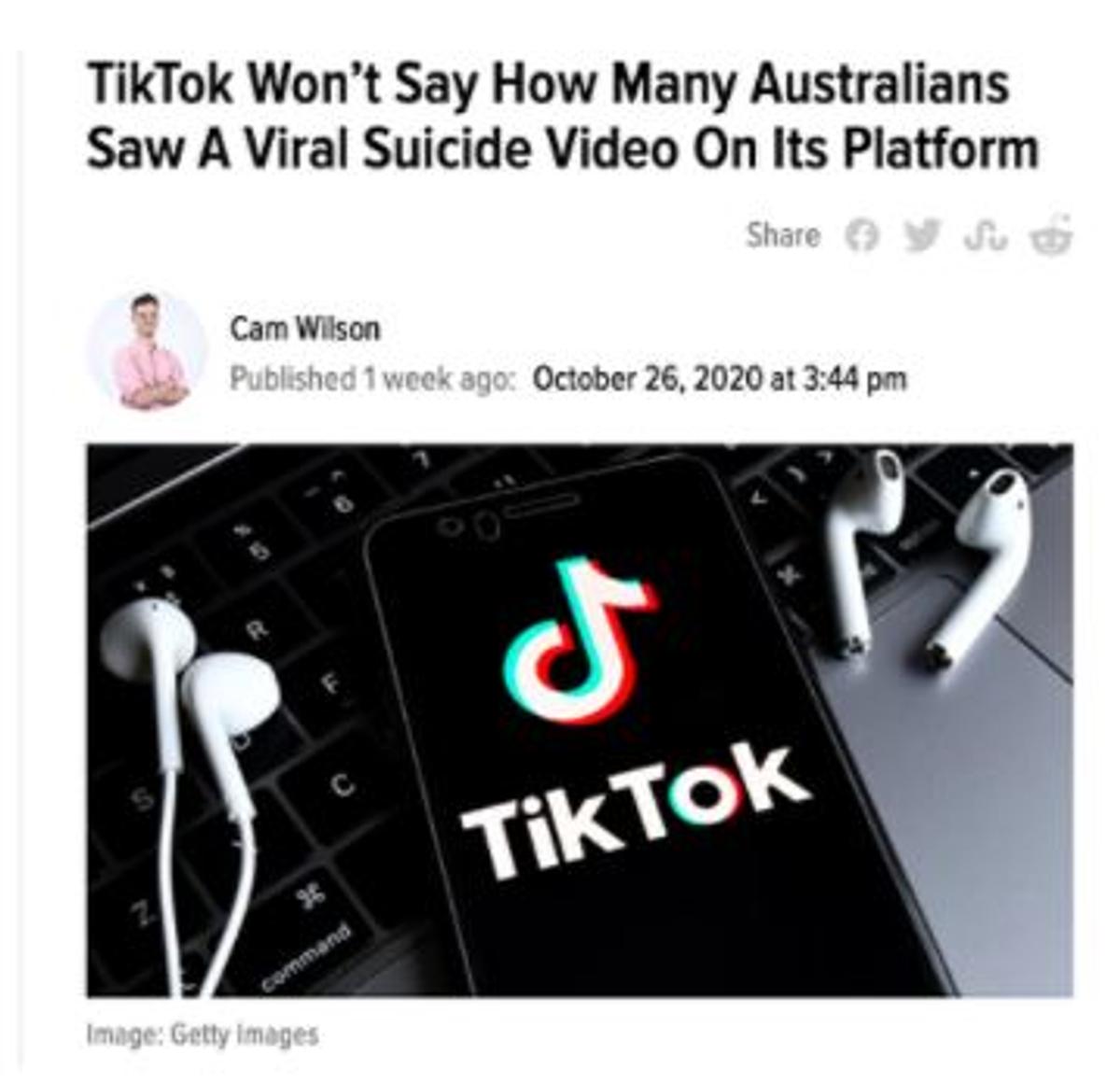Cyber Safety

Your child has seen something awful online. Now what?
If your child is online, it’s not a question of if they will see disturbing content. It’s a question of when.
Suicide streamed live. Beheadings. Animal abuse. Violent pornography. The internet is a showcase for the best - and the very worst - of human behaviour.
Just recently, TikTok hit the headlines with news that a video featuring a graphic suicide was flooding the app and being seen by children.
Incidents like this one have become tragically common - and they raise so many questions for digital parents. What should you do if your child sees upsetting material online? How do you report it? How do you talk to your child about it? And how can you help to prevent it from happening again?
We asked cyber expert and former NSW police officer Yasmin London from ySafe - Australian’s leading cyber safety educators - for advice on navigating this challenging aspect of digital parenting.
TIP 1 Minimise exposure and exercise discretion.
If you’ve learned about disturbing viral content online, warns Yasmin, don’t talk to your child about it unless they’ve actually seen it. Your good intentions could inadvertently pique their curiosity - and lead them to seek out confronting material that might otherwise have gone unnoticed.
Assuming that they have viewed something disturbing, follow these evidence-based steps:
INCIDENT MANAGEMENT STRATEGIES
Calm yourself first. Don’t be tempted to skip this step. Your job is to defuse the situation and re-establish a sense of security for your child. They will pick up on your levels of stress - so take a bit of time to breathe deeply and compose yourself before setting out to learn the facts.
Cyber expert Yasmin London
Ask your child questions about what they thought they saw. The best way to begin is simply to say “Tell me what you saw.” Don’t assume - and don’t reveal any unnecessary details.
Then, ask them how they feel about what they saw. Remember that older kids may be reticent about sharing feelings of vulnerability: fear, shock, confusion. Be sure to read non-verbal cues as well as what is said in words.
Problem-solve together. Help your child to think things through critically, whether through fact-checking together online or explaining the context behind the content.
For example, if a young child has viewed pornography, it can be helpful to explain that not all information on the internet is real, and that a lot of it is pretend and simply acted by adults. You might try explaining that a lot of images and videos online — just like movies — are exaggerated versions of real life that are designed to shock.
TIP 2 Take action and report inappropriate content. You can report inappropriate content through the platform, Crime Stoppers or the eSafety Commissioner. It can be important for your child to see you take proactive steps to deal with disturbing content.
TIP 3 Secure devices with effective parental controls. Strong, sophisticated parental controls will automatically block many forms of inappropriate content - explicit pop-ups, sites that feature violence or hate speech, pornography sites and much more, according to the settings you select. At ySafe, we recommend Family Zone as the gold standard in cyber safety.
TIP 4 Use the incident to reinforce the reason rules are in place. “Never let a crisis go to waste,” someone wise once said. If your child has seen something disturbing online, take the opportunity to underscore the reason for setting online boundaries.
TIP 5 Assure them that you aren’t taking their technology away. One of the biggest reasons that children fail to confide in their parents about trouble online is the fear they will lose their devices. Reassure your child that you understand the important role technology plays in her life, and that you can help without removing access to platforms or their devices.
TIP 6 Be proactive when it comes to your own online safety education. Knowledge is power - and when it comes to digital parenting, knowledge is also love, protection and an essential component of your duty of care.
For further resources around cyber safety and kids’ mental and emotional health, check out these helpful organisations:
In Australia
Reference: https://www.familyzone.com/anz/families/blog/your-child-has-seen-something-awful-online


